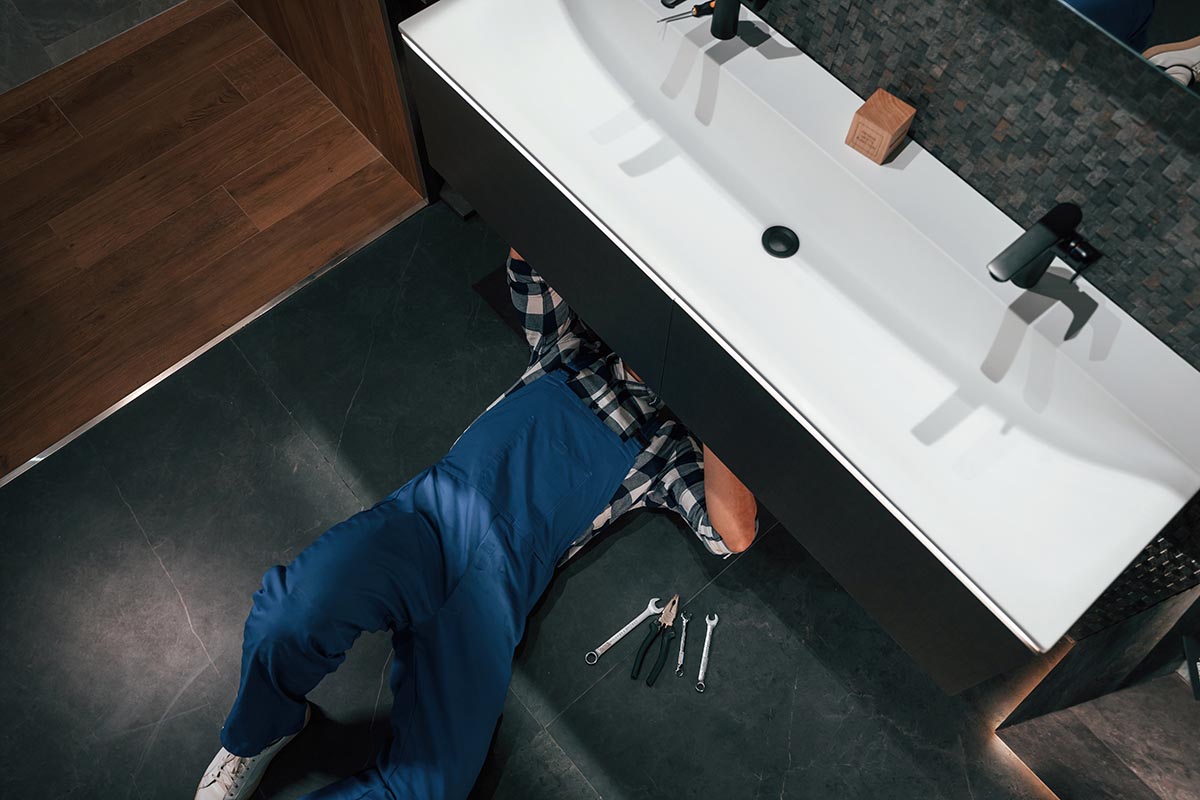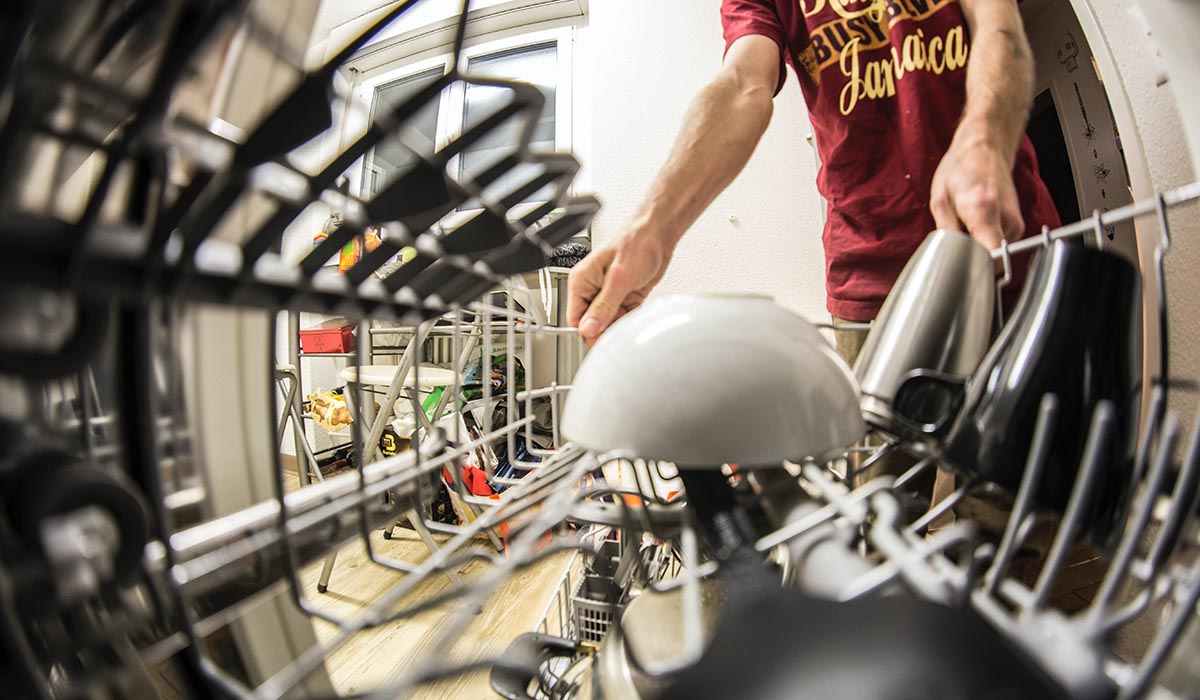Unclogging a Toilet: 4 Types of Plungers Plumbers Use
Every homeowner needs the essentials, and one of those is a plunger. No one wants to think about their toilet or sink backing up, but it’s going to happen at some point, and it’s best to be prepared.
Instead of grabbing the cheapest plunger you find at the store, here are the four types of plungers that plumbers use on the job. Why not go with the best? Remember that they’re not all used for the same job.
The Standard Plunger
Caldwell plumbing companies will tell you that having a standard plunger is a great option to have in your home, as they work very well at unclogging sinks.
However, they’re not designed to be used with toilets. Standard plungers have a rubber cup on the end with a straight handle; it works best on flat surfaces to create the vacuum pressure needed to eliminate a clog.
The Flange Plunger
This kind of plunger works well for general use. It looks similar to a sink plunger, but it also has a soft rubber flap that folds out from inside the cup. This flap fits very well into the toilet drain, allowing you to generate the necessary suction to clear a toilet clog. And when you don’t need the flap, the plunger can also be used on the flat surfaces of a sink.
The Taze Plunger
A taze plunger is used for clearing very large pipes and typically isn’t used by homeowners for their houses. It’s usually used by professionals who are taking care of a very difficult clog.
A taze plunger is a long steel rod that can be fixed with a disc that is sized to fit a particular pipe. The disc is then inserted into the pipe to clear out the clog.
It’s not the type of plunger that you’ll find in any store, so you might want to skip this one.
The Accordion Plunger
This is probably one of the best plungers you can get to clear toilet clogs. The accordion plunger has a smaller cup than the flange plunger, creating a tighter seal around the toilet drain.
Although it can create quite a bit of force to take care of the most stubborn clogs, it’s not very easy to use.
It requires a lot of manipulation and strength to create a tight seal. It’s a good plunger to invest in, given how powerful it can be, but you’ll have to practice with it a lot to get it to work properly.
Amongst these four types of plungers, they will range between different qualities. If you’re in the market for a new one, consider you pick one based on the job you need it for and the quality materials it’s made from.
However, if even the plunger you’ve bought can’t help you take care of your clog, don’t hesitate to call a professional. They can help you clear the pipes in your home in no time.




















